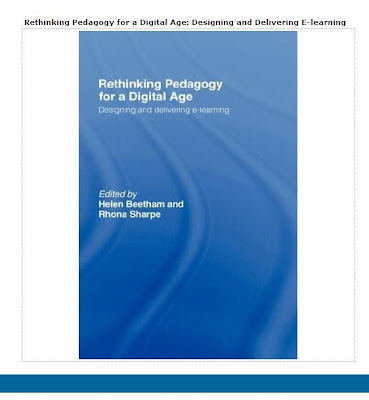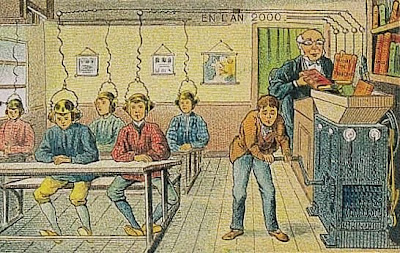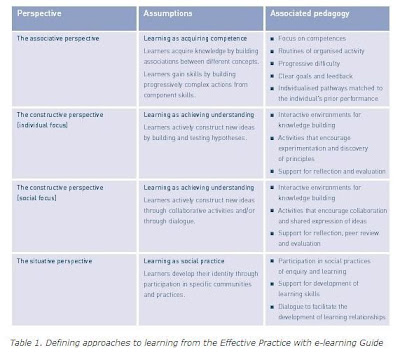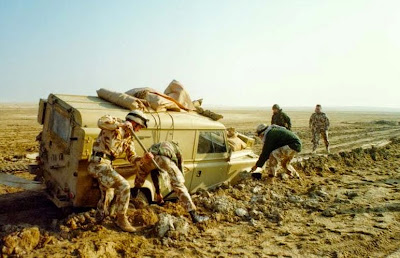Notes on Beetham Chapter 2 An approach to learning activity design.

I've found this the chapter on ‘an approach to learning activity design’ from Helen Beetham profound and invaluable.
Helen Beetham is a Research Consultant to the JISC e-Learning Programme. Previously she was a Research Fellow in e-learning at the Open University.
The profound revelations I feel I have had concern three projects to 'reinvent learning' with interactive then web-based learning in the 1990s and 2000s that I am familiar with (I was in the production company or agency doing something else, or know the person and the project's history).
And the sense I wanted from MAODE of the history of education which I sum up as:
1 to 1 the governess and/or then tutor of the aristocracy. 17th century (and earlier, and well into the 20th)

Samuel Daniel was a court poet and amongst others tutored Lady Anne Clifford. A copy of his miniature was inserted in Lady Annes 1646 'Great Picture' that told her life story/struggle.
1 to many in schools (both private and state maintained). (For wealthy families who couldn't afford the tutors ... the 'public' schools of Britain from the 16th century, followed by the Victorian & Edwardian schools for all).

1 to 1 or many to many (depending on how you look at it) which brings back a good deal of the 1 to 1 that the likes of Princess Elizabeth might have had in the 16th century, through peer-support you have your time with a subject matter expert (if they will indulge you) ... and time with people with very different experiences and insights that can be better at giving your thinking a jolt ... or if we will indulge each other through 'social educational networking'.
I appreciate the history of education goes back further to Greece, Mesopotamia and even hunter gatherer societies on the plains of Africa.From Marketing to the Social Web. Larry Webber.
My feeling is that technology isn't as novel as we think; in fact it is enabling what used to occur in closer nit learning groups embedded in society.
I wonder if I should be looking at learning patterns from the Bantu in the Congo and apply that to teenagers wishing to learn using mobile devices in the 21st century, the urban jungle and chase replacing the forests, bore hunts and multiple relationships.
There is a lot to think about. I see learning design as akin to designing and growing a maize maze. One this is in place you have choices regarding whether guide an individual around your labyrinth by calling out ‘left!’, ‘right!’ or just ‘hot!’ or ‘cold!’ while others you leave to figure out their own way through. There will be graded outcomes that require exiting the maze, others where they never leave and yet others where they exit where right they came in – all depending on the activities, the learners and the desired outcomes.
The emphasis, from Beetham’s point of view, is that with learning design should be on learners, the activities they do (not tasks) and the outcomes. Beetham (2007).
Activities, not the tools used or the supporting materials, matter the most.
Whatever way you plan, develop and scaffold learners will do the activities their own way - in different contexts people learn in different ways which raises issues for activity design Beetham (2007).
I ask myself:
· How prescriptive should you be?
· How confining should the parameters be?
· What degree of latitude is offered?

The learning activities may be any combination of associative, constructive or situative. Learners will develop their understanding as a result of consolidation and practice, drawing on their strengths and preferences and a repertoire of approaches. Beetham (2007) e.g. an apprentice learns in an associative way be rehearsing skills and concepts.
REFERENCE
Beetham, H, and Sharpe, R (2007) Rethinking Pedagogy for the digital age.



